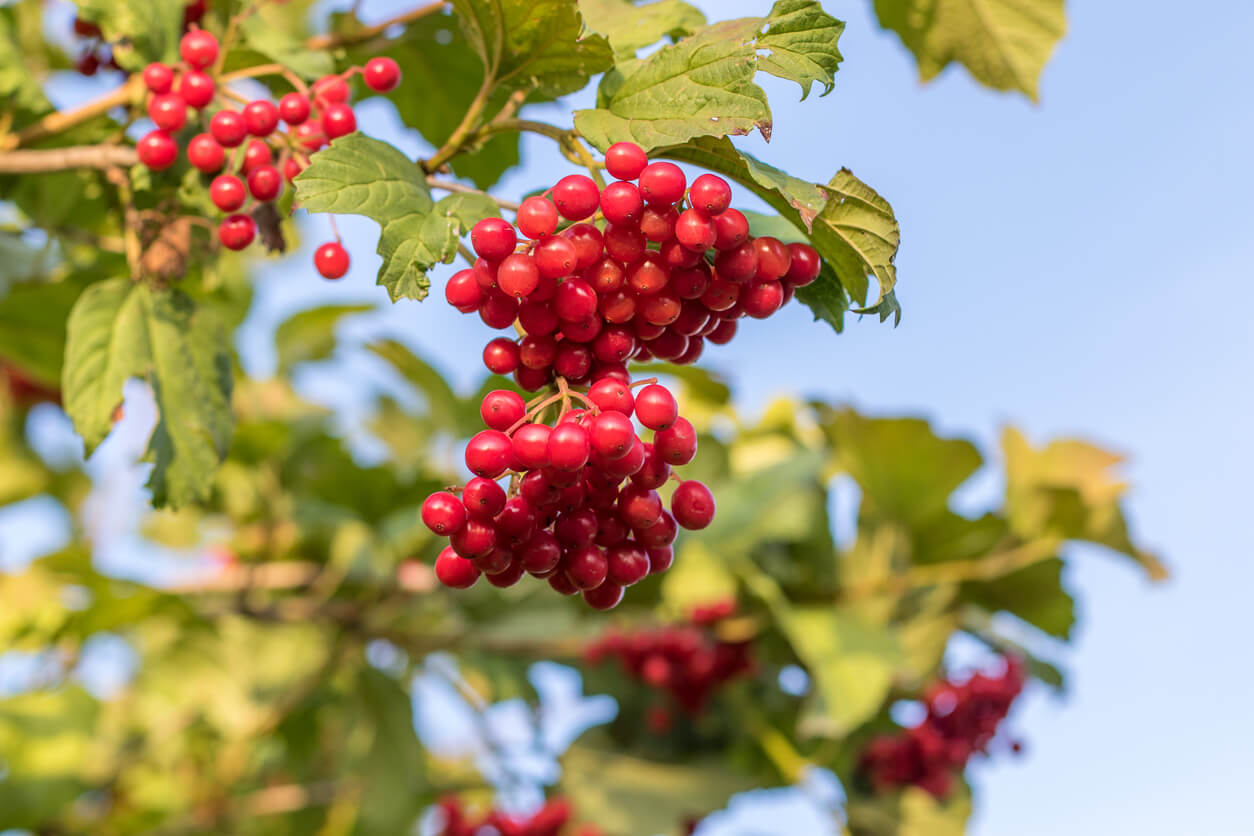
Cranberries growing in the sun
Cranberries like to feel the sun. All day. As you set up a spot for your cranberry vines, look for space that gets full sun. If your garden climate is particularly hot, seek out a spot that provides some afternoon shade, or plan to set up a shade cloth when things turn hot.
Your soil should have a pH level between 4.5 and 5.5. Not sure what your soil pH is? Don’t guess: get it tested. This should really be the first thing you do before you ever put seed to soil. Incompatible soil pH levels can spell disaster for your crops.
You’ll save yourself a lot of time and aggravation if you get your soil tested, and your plants will thank you by growing instead of languishing. Your local extension center will have information on how to get your soil tested. For a little bit of preparation work, you can get a lot of information about the composition of your soil. Can you use one of those soil-testing probes? Yes. Are they a good substitute for sending a soil sample to be tested? Well, not really. Soil testing is easy and inexpensive, and it gives you great information on the composition and health of your soil.
To prepare a garden bed for cranberries, dig out an area to accommodate as many plants as you plan to grow. Dig down to a depth of about 8 inches. Set that soil aside and replace it with a 3-to-1 mixture of peat moss and sand. If you already have sandy soil, you can just amend it with peat moss.
To give the soil a fertilizer boost for the initial planting, add one part bone meal, one part Epsom salts, two parts rock phosphate, and two parts blood meal. If you were to plant six to eight cranberry plants in a 4×8-foot bed, one part would be a half pound; two parts would be a pound.
Getting your soil composition right is probably half the battle in establishing a healthy and productive cranberry patch. Remember, there’s no flooding required for a home cranberry garden. You’ll be picking your ripe cranberries just like you would pick berries from any other bush. Give your cranberry plants the right soil, and you’ll be on your way to home-grown cranberry sauce for a future Thanksgiving!
How do you grow your cranberries? Have you had your soil tested or do you do it yourself? Please tell us your tips and tricks for growing great cranberries!


 Previous
Previous

